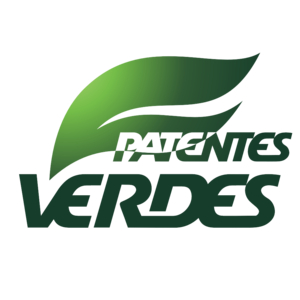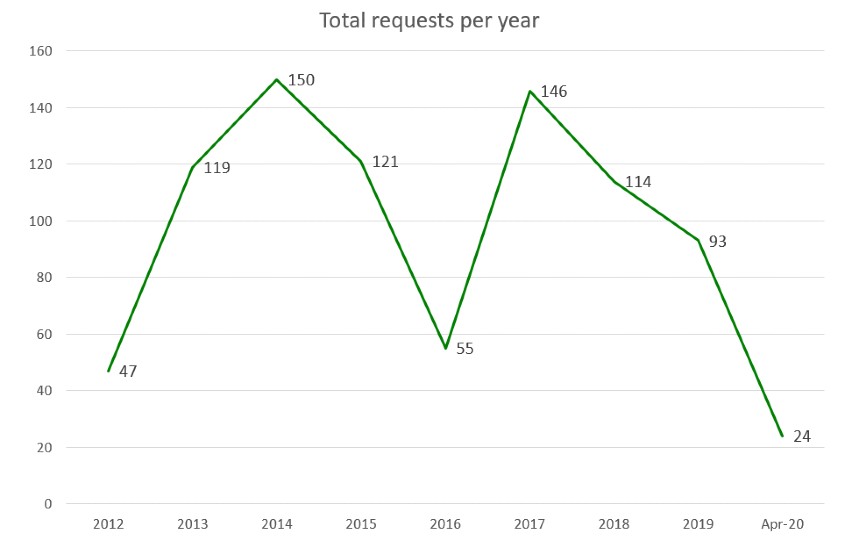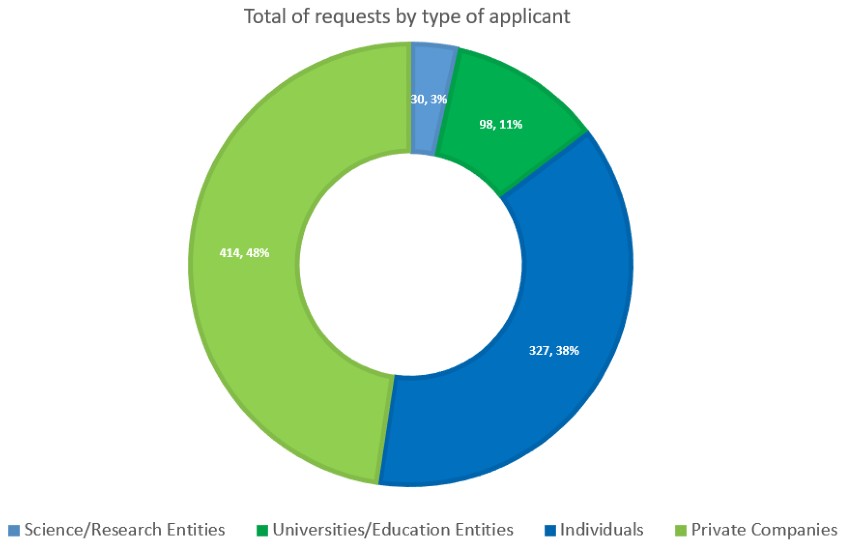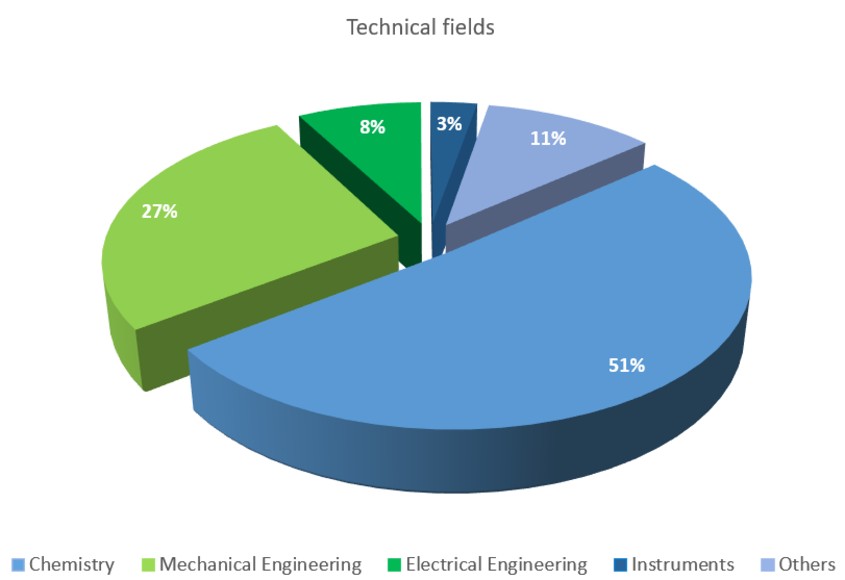

May 18, 2021
This news item was prepared in collaboration with WIPO Magazine.
By Pedro Moreira, Partner, Dannemann Siemsen, Rio de Janeiro, Brazil
Over the last decade, the National Institute of Industrial Property (INPI) of Brazil has been working to improve its operational efficiency, and in particular, to reduce its chronic backlog in processing patent applications. In so doing, it has also sought to promote the commercialization of environmentally sound technologies in line with the country's national and international commitments.
In 2012, as the competent national authority for industrial property matters, INPI piloted its "Green Patents" program, a fast-track patenting procedure for green technologies. The program was fully integrated into INPI's service offering in 2016 and further upgraded in 2020. Brazil is the first emerging economy to introduce such a program.
Brazil is among the world's top producers of renewable energy with over 80 percent of the generated electricity coming from renewables (ethanol, solar, wind, etc.). According to Apex-Brazil, by 2029, energy demand will rise by 20 percent with estimated installed capacity for wind and solar energy to rise from 176 gigawatts (GW) in 2019 to 251 GW in 2029, in line with Brazil’s National Energy Plan 2029. These data point to opportunities for business development and growth within Brazil's dynamic and rapidly evolving green technology sector. Against this backdrop, INPI's green patents program is both helping to address Brazil's patent backlog and buoying national renewable energy targets by supporting the commercialization of environmentally sensitive technologies (ESTs).
Like other intellectual property (IP) offices around the world, through its services, INPI plays a key role in supporting the development and commercialization of innovative technologies, including ESTs.
Innovation, and the research and development that underpin it, is a costly and risky enterprise that few would undertake without assurances that they can protect R&D results, secure a return on investment and build their business.
This is where IP rights, and patents in particular, have a key role to play. Patent rights granted by national IP offices, such as INPI, protect cutting-edge technologies and confer on the patent holder certain exclusive rights for up to 20 years. These rights enable the person or company that holds the patent to decide who may or may not manufacture and market the protected technology without prior authorization. This gives them the opportunity to license their patented technology or to conclude technology transfer agreements with commercial partners. Such arrangements create new revenue streams for the company and support the dissemination of technologies in the market. IP offices also play a key role in facilitating access to the valuable technological and business information contained in patent documents, which is searchable through national and international patent databases, such as WIPO's PATENTSCOPE.
Many IP offices around the world face severe backlogs in unexamined patent applications. These are largely the result of the rising volume of patent applications filed around the world.
According to a 2015 Report by the INPI , the first decade of the century saw patent filings in Brazil increase by 71 percent. That is nearly 80 percent higher than patent filings in other Latin American countries and 35 percent higher than the global average.
Such high growth, coupled with a range of operational challenges and a complex IP regulatory environment resulted in a significant backlog in unexamined patent applications in Brazil. INPI reports that in 2018 some 207,195 patent applications were pending examination and that the processing of a patent application (from filing to grant) takes, on average, just over 10 years.
Lengthy time lags in processing patent applications create legal uncertainty for patent applicants − the individuals and the companies seeking patent protection. These time lags put a brake on the ability of entrepreneurs to commercialize and license their technologies and prevent them from securing a return on their investment. They further inhibit the ability of applicants to fund their R&D activities.
INPI has taken a number of concrete steps to tackle its backlog in unexamined applications. These have resulted in optimized working arrangements, streamlined workflows and processes through various automation initiatives and enhanced international cooperation. The accelerated patent examination procedure launched under INPI's Green Patents program is a key part of this drive.
Through its innovative Green Patents Program, INPI has succeeded in reducing its patent pendency period to around 14 months from the date of filing to grant for qualifying technologies. The program is available for patentable technologies in the rapidly evolving areas of renewable energy, transportation, energy conservation, waste management and agriculture in line with the Green Inventory of the International Patent Classification (see box).
In April 2012 (by Resolution 283/2012 of April 17, 2012), INPI began piloting its Green Patents Program, which provided for accelerated examination for EST-related patent applications.
Only patent applications filed with the INPI on or after January 2, 2011, were eligible for the program. International applications filed under the Patent Cooperation Treaty (PCT) that had entered the national phase in Brazil were not included in the pilot. Among other requirements, qualifying applications could include a maximum of 15 claims (which define the exclusive right granted to the patent applicant) with a maximum of three independent claims (stand-alone claims that contain a preamble and all the elements necessary to define the invention). The pilot ran up to April 17, 2013, included 500 patent applications and was a great success.
The "IPC Green Inventory", developed by the IPC Committee of Experts, facilitates searches for patent information relating to Environmentally Sound Technologies (ESTs), as listed by the United Nations Framework Convention on Climate Change (UNFCCC).
ESTs are currently scattered widely across the IPC in numerous technical fields. The Inventory attempts to collect them in one place.
Riding on the pilot's success, by December 2016, INPI converted its program into a fully-fledged service, (by Resolution 175/2016 of December 6, 2016). INPI expanded the program to include national patent applications and international applications filed under the PCT with no restriction as to filing date.
Under the Green Patents Service, qualifying patent documents and their corresponding official electronic file wrapper are easily identified by the official stamp “PATENTES VERDES” (GREEN PATENTS).

Since its launch in 2012, nearly 870 patent applications have been filed under INPI's Green Patent Service.
Brazilian applicants, including local affiliates of foreign companies, are the biggest users of INPI's Green Patent Service. Most applications have been filed by private companies and individuals with the largest number of them relating to the field of chemistry.



Patent applications processed under the Green Patent Service are given priority status with respect to patent examination. However, they are subject to the same substantive analyses as regular applications in terms of patentability (e.g. novelty, inventiveness (non-obviousness) and usefulness (industrial applicability). Up to April 2020, 34 percent of applications received were rejected; 38 percent were accepted; 27 percent were pending examination Just one percent of qualifying applications were abandoned.
In June 2020, INPI announced that the timeframe for patent examination (from filing to grant) had fallen to an average of 14 months. This is a significant achievement. The Green Patents Program is making it easier for individuals and companies in the green tech space to protect and commercialize their technologies. That is good news for business and it is even better news for the environment. We all benefit from R&D that focuses on new green technologies and the availability of efficient IP services that support their commercialization.
In my professional practice, several of my clients have used the new accelerated patenting system. For example, the Brazilian company Manancial Projetos e Consultoria Ambiental obtained its patent (BR 10 2012 019092-3) in 2014, less than 2 years (19 months) after the inventor, Mr. Júlio César Simões Prezotti, developed a process for environmental recovery in regions affected by mining. As of today, the process is being used in three regions in Espírito Santo, Brazil. Another company, New Steel, gained two patents (BR 10 2012 008340-0 and BR 10 2015 003408-3) within four and three years respectively, for their environmentally friendly treatment of iron ore residues.
Both companies noted that, beyond the direct benefits of the accelerated process, the “green patent” label it conferred provided additional recognition of the market value of their technologies and their effectiveness. This was a great help when seeking to attract customers and investors.
WIPO GREEN is a global marketplace for sustainable technology, supporting global efforts to address climate change. Through its online database and regional activities, WIPO GREEN connects green tech seekers and providers in order to catalyze green innovation and accelerate green tech transfer and diffusion. Subscribe to the monthly WIPO GREEN newsletter.